
Specific gravity is a fundamental property of soils and other construction materials. This dimensionless unit is the ratio of material density to the density of water and is used to calculate soil density, void ratio, saturation, and other soil properties. Applications include the foundation design for structures, calculations for the stability of soil embankments, and estimations of settlement for engineered soil fills.
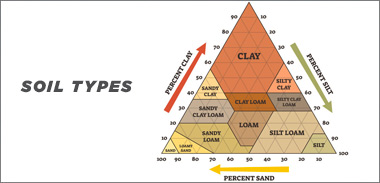
Traditional methods for determining specific gravity are straightforward. Standard test methods are described in the U.S. Army Corps of Engineers laboratory soils testing manual, and some state DOTs are often considered adequate for basic applications. As with any laboratory test, these methods require attention to detail but are easy to perform correctly and do not require much in the way of specialized techniques or equipment.
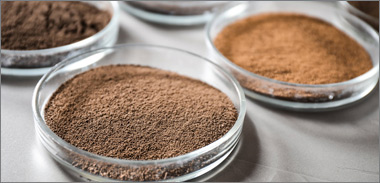
ASTM D854, and the identical AASHTO T 100, Standard Test Methods for Specific Gravity of Soil Solids by Water Pycnometer, focus on producing measurements with a high degree of precision. While the equipment required is not sophisticated, the procedures are extensive and meticulous, and performing the test by the book can be a challenge. Practitioners should be aware of the significant differences between the test methods. Reliable test results depend on strict adherence to the practices and techniques outlined. This blog post will focus on the equipment and procedures used to perform the ASTM/AASHTO method.
| Requirements | Traditional | ASTM / AASHTO |
| Psychrometer Calibration | Psychrometer to be calibrated for ranges of temperatures likely to be encountered in a test environment | Psychrometer to be calibrated 5x and then averaged. The standard deviation of the 5 trials must be less than 0.06g. The thermal equilibrium is then achieved using an insulated container |
| Test preparation | N/A | Psychrometer mass is to be verified that mass is within 0.06g. of the average calibrated mass. |
| De-airing slurry | De-air soil slurry by boiling or vacuuming for at least 10 min. Refer to table8 in AASHTO !100 for more information. | De-air soil slurry by boiling for 2 hrs, or by boiling under vacuum for 1 hr. |
| Final Psychrometer Volume | Once entrapped the air is removed, distilled water is added to the calibration line. | Once entrapped the air is removed, de-aired water is added to (or close to) the calibration line using small diameter tubing kept under the surface of soil slurry during the filling process |
| Thermal equilibrium | Psychrometer and the contents are cooled to room temperature after removal of entrapped air. | Psychrometer is placed in an insulated container to achieve thermal equilibrium after entrapped air is removed. |
| Psychrometer | A 100 ml minimum capacity Volumetric fFask OR A 50ml minimum capacity Stoppered Bottled Flask | 250 ml minimum capacity |
| Thermometer | ThermometerGraduted to 0.5 C (1.0 F) | The thermometer graduated to 0.1 C |
*Table Resource: aashtoresource.org
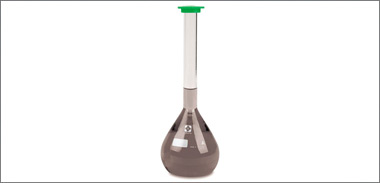
Pycnometers: the test method permits the use of a volumetric flask or iodine flasks with a stopper. Volumetric flasks are typically used but require careful adjustment of water to the calibration mark. The stopper physically controls the water volume of stoppered flasks. A minimum capacity of 250ml is specified, and a 500ml capacity flask is sometimes required. Group image of 250ml, 500ml, and (unnamed) stoppered flasks.
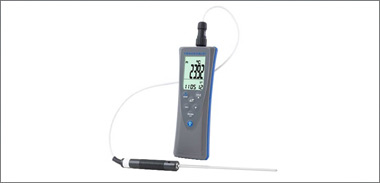
The thermometer must have readability to 0.1°C with an accuracy of ±0.5°C and be standardized to a NIST traceable device. Full-immersion thermometers are not permitted.
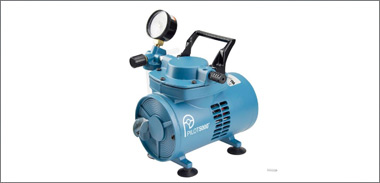
De-airing of the water and soil slurry may be accomplished by boiling, application of a partial vacuum, or both. Using a heating plate or other apparatus can be used to heat the pycnometer. A vacuum pump or water aspirator that produces a vacuum of at least 100mm of mercury (approximately 26in) absolute pressure is needed for deairing. A digital residual pressure manometer is optional to monitor vacuum levels.
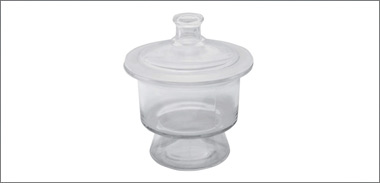
A desiccator equipped with a desiccator plate and desiccant is required to cool the sample to room temperature after drying in an oven.
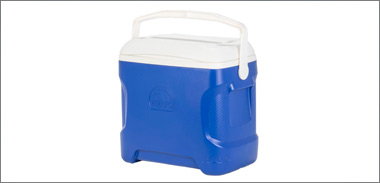
The pycnometers must be stored in an insulated container for temperature equilibration during calibration and testing. A plastic or Styrofoam container with room for three to six pycnometers plus a container of de-aired water is usually sufficient..

When adding desired water to the pycnometer during calibration or testing, it is essential to avoid turbulence or the introduction of air into the fluid. A purpose-built pycnometer filling apparatus can be fashioned following the description in the test method, or a length of 1/4in I.D. clear tubing added to a wash bottle will have the same effect.
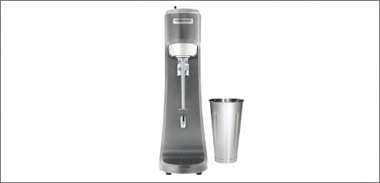
Mixing the soil with water in a blender or “other suitable device” disperse the sample into a slurry. We suggest the soil dispersion mixer, typically used to prepare soil specimens for hydrometer analysis. A dispersion cup with no baffles is available for use with the mixer, contact our customer service department to order.

A laboratory balance meeting ASTM D4753 requirements, with a capacity of at least 1,000g and readability to 0.01g, is sufficient for this test.
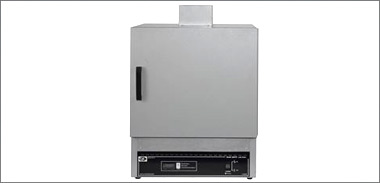
Moisture determinations and final drying of the test solution are performed in a standard laboratory oven capable of maintaining a uniform temperature of 110 ±5°C.
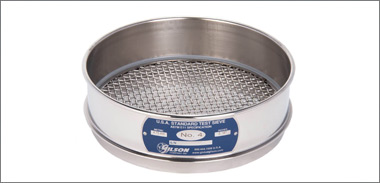
this test method requires samples with particle sizes passing the ASTM E11 No.4 (4.75mm) mesh sieve.

Calibration of the pycnometers is the first phase for the ASTM/AASHTO method. The process is time-consuming but can be performed for up to six pycnometers at a time. The calibration procedure only needs to be performed once unless the mass of the pycnometer deviates from the calibrated value by 0.06g or more.
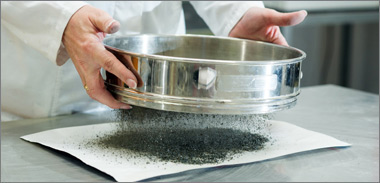
This specific gravity test method applies to soils passing the No. 4 (4.75mm) sieve. For soils that include larger particles, ASTM C127 determines the specific gravity of the fraction retained on the No. 4 test sieve. The test may be performed on either moist or oven-dried specimens, depending on the method requested.